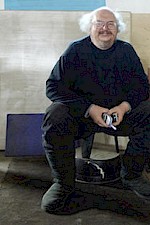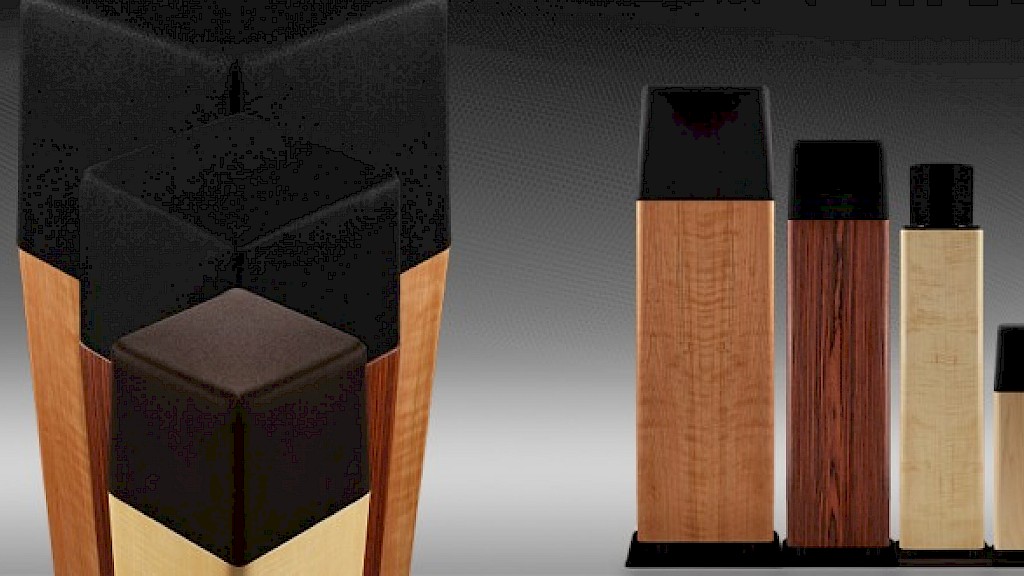Monopole, Dipole, Bipole – What Are All These Poles?
When talking about speakers, the word “pole” is used to describe the direction the sound radiates from loudspeakers. All drivers create as much sound from their backs as their fronts; so if both sides operate in an open-backed cabinet, they are dipoles. If the back is sealed they are monopoles.
A “monopole” speaker radiates the sound in-phase in any direction you measure. In the deep bass all monopoles are omni-directional with the sound radiating at equal levels in all directions. Most drivers radiate highs in a narrow beam, so usually there are more highs coming from the front of the speaker than from the rear.
“Dipoles” radiate the sound positively out the front and equally, but out-of-phase, from the rear. At the sides, these two radiation patterns tend to cancel and a null is created.
“Bipoles” typically take matched pairs of monopole drivers and place them at the front and back of the speaker enclosure. This approaches an omni-directional dispersion pattern at more frequencies because the highs coming from the front are matched with the highs coming out the back.
Which is best?
As is frequently the case in audio, as in life, that depends. Monopoles are most popular as you can get deep bass from reasonable sized boxes and drivers. Since the sound from the back of the drivers must be absorbed inside the cabinet (and drive a vent in a vented design) the construction of the cabinet becomes exceedingly important in these designs. Some sound gets into walls of the cabinet and needs to be damped before it comes into the room – more problems.
Dipoles have been popular since the introduction of the electrostatic Quad ESL in 1957. Much of their outstanding quality was attributed to the total lack of cabinet sound since there was only a frame. Also, since they were putting as much treble out their back, they had much more “air” in their sound. The Quads were often criticized for their lack of bass – inherent in their design – as the rear wave cancelled the front wave when it bounced off any nearby wall. When I was enjoying Quads, I found only a di-pole subwoofer in the same plane as the Quad extended the bass seamlessly. There is now a growing popularity of conventional cone drivers instead of electrostatic panels in dipole designs, since cones can benefit from the box-free qualities and accept bass boost to give decent bass extension.
Bipoles have the benefits of monopoles in the bass and the “air” of dipoles; but still have the classic cabinet problem combined with uneven horizontal response as the two drivers of the matched pairs add or cancel depending on the angle, distance and frequency.
One Designer’s Choice!
Ultimately, a speaker designer must weigh the options and make choices and decisions about the kind of speaker to bring to market. What design are the current Ohm Walsh speakers?
They are monopoles and we work hard on the cabinets to minimize their sonic impact. The Walsh drivers’ 360 degree dispersion gives us the “air” quality we want. The full, 360 degree, dispersion is reduced to about 120 degrees as the output frequency reaches 8000 Hz and the super-tweeter takes the burden of putting out all the energy. This controlled dispersion eliminates the cancellation problems from nearby walls and provides the very wide Sweet-Sweep of the Walsh’s. Forty years of development does pay some audible dividends.
Enjoy & Good Listening!
John
Subscribe to Ohm News & Views to get the latest posts in your inbox
John Strohbeen Author
John Strohbeen was the President and Chief Engineer of Ohm Acoustics from 1978-2023.


